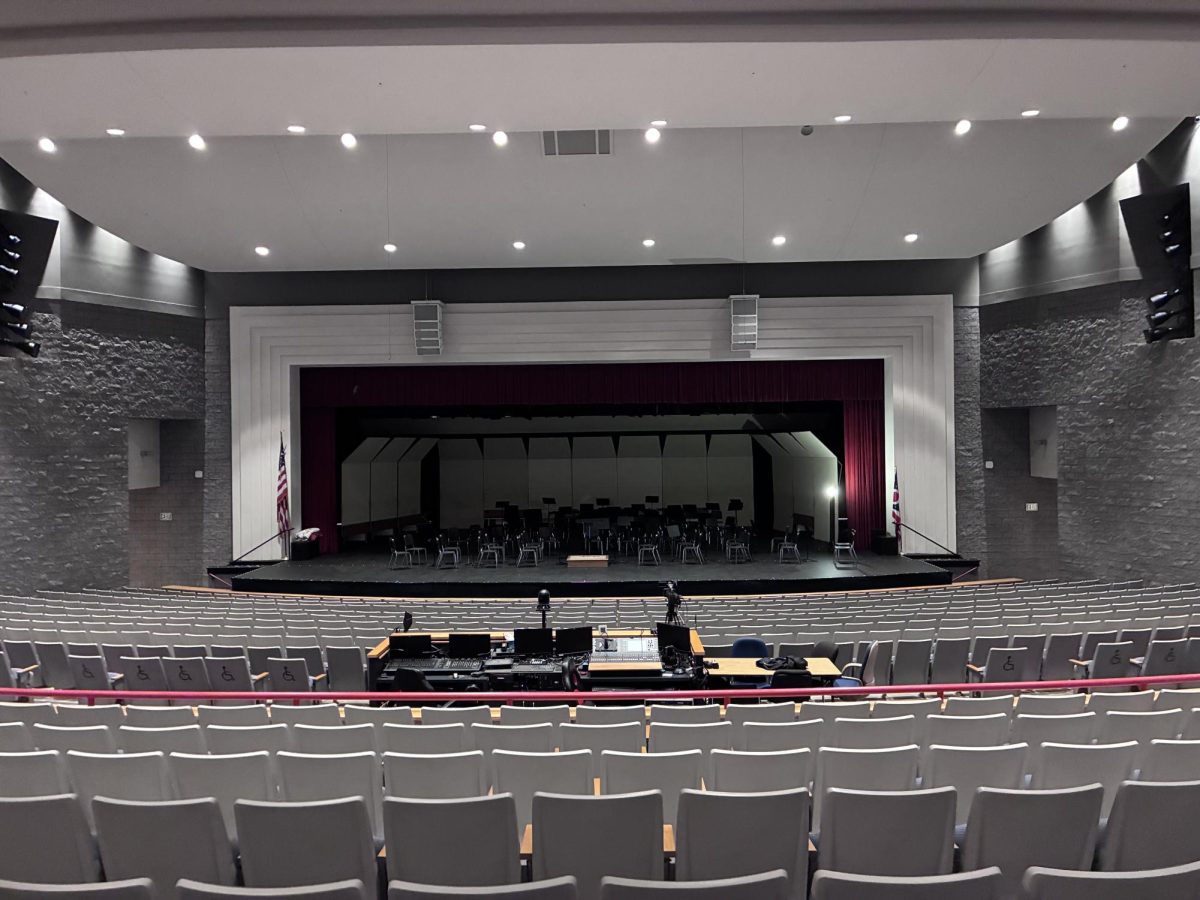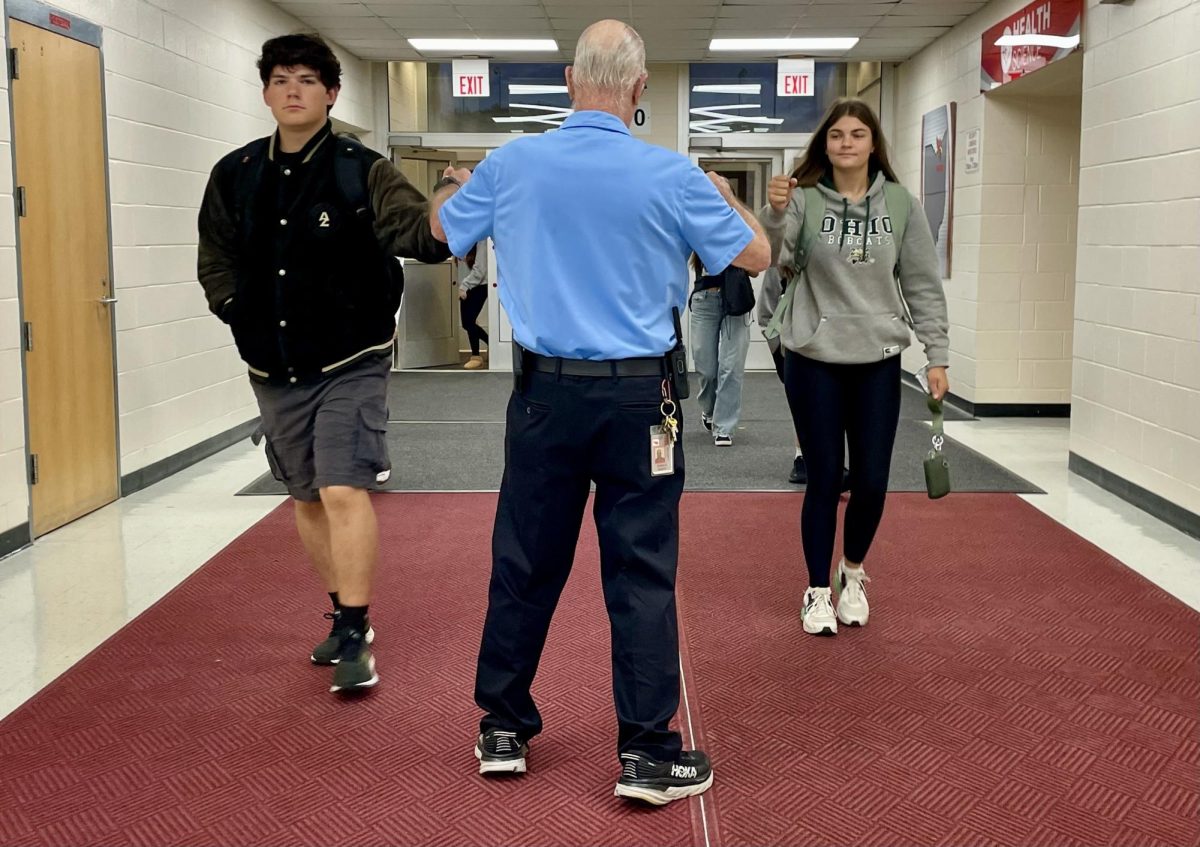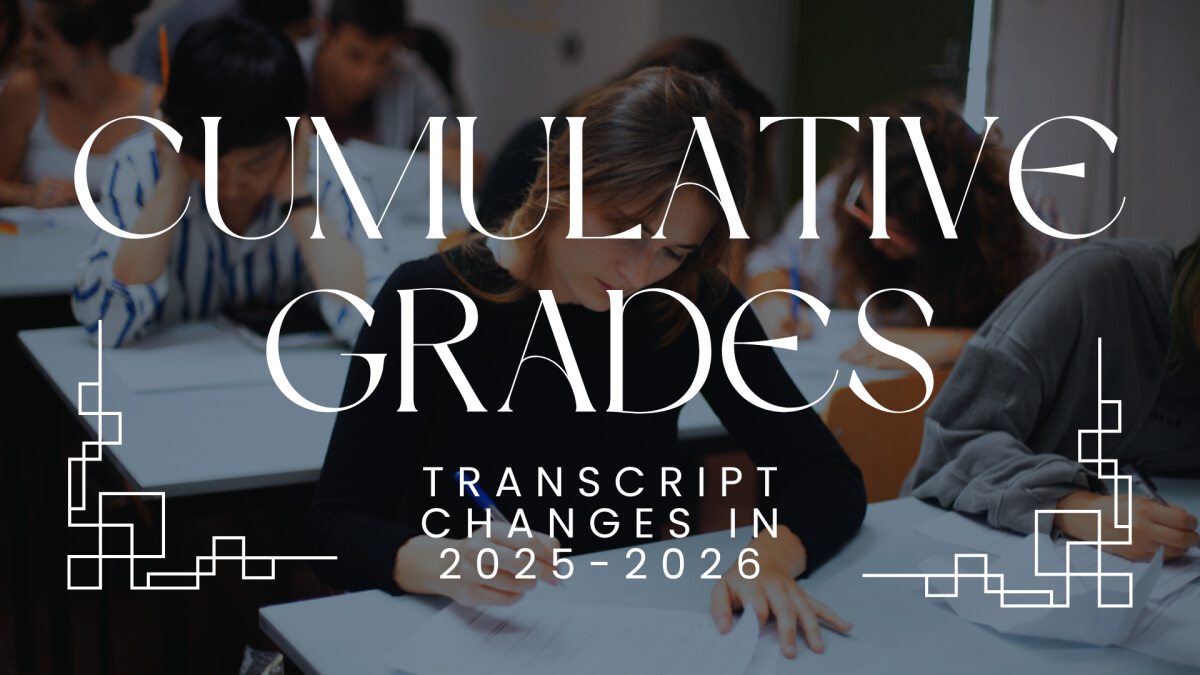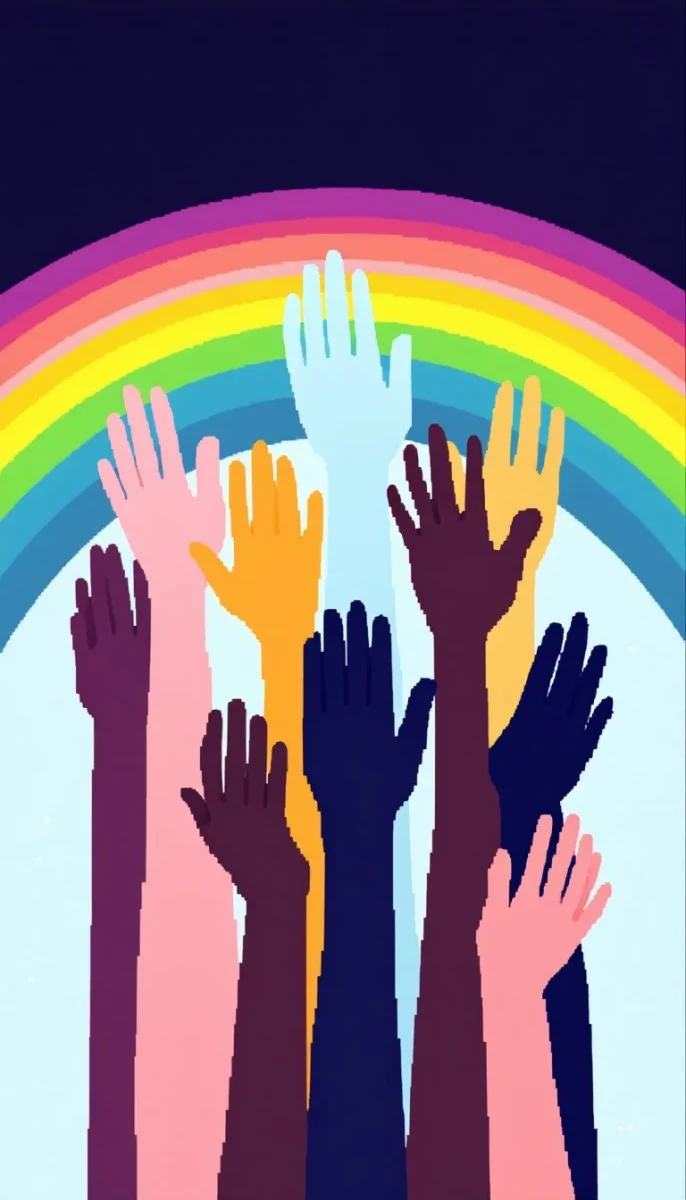Dress codes are a common thing to see in school guidelines nowadays. A dress code aims to keep students looking professional and wearing appropriate clothing. Private schools typically have uniforms, while public schools like MHS have guidelines. Places of work have dress codes as well–whether it’s a work uniform or specific guidelines.
Mentor High School’s own dress code guidelines can be found here.
So what is the controversy over dress codes and why is it a topic of debate?
Let’s start by taking a look at the history of school dress codes.
The closest the Supreme Court has come to addressing dress codes was the 1969 Tinker vs. Des Moines Independent Community School District Supreme Court Case. A group of students planned to wear black armbands to school in protest of the Vietnam War but were told by the principal they would be suspended if they did. The students wore them anyway and got suspended. Their parents sued the district for violating the First Amendment. When the case reached the Supreme Court, they sided with the students saying that staff and students do not “shed their constitutional rights to freedom of speech or expression at the schoolhouse gate.” The Supreme Court also ruled that despite the requirements schools have to follow these policies, they have the right to limit student expression if it is considered to disrupt learning (findlaw.com & uscourts.gov).
In the 1990s, schools began to implement dress codes more because of the rise in gang violence and the clothing associated with it. This included baggy clothing, sportswear, and other clothing that symbolized gang affiliation.
This brings us to the ongoing controversy associated with dress codes today.
As of 2022, 93% of schools have dress code policies. Of these, 90% have policies that ban articles of clothing typically adorned by females. They also seem to target LGBTQ+ and African American students’ clothing and hairstyles, according to the U.S. Government Accountability Office report.
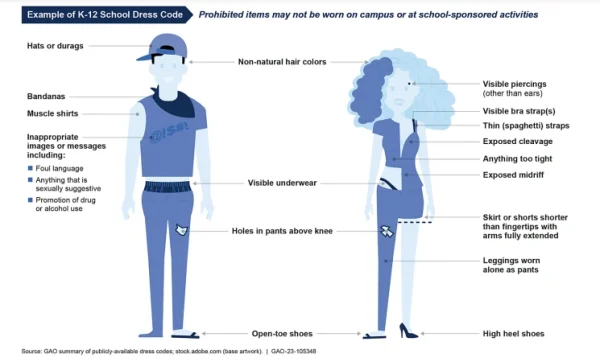
The full report from the GAO can be found here.
One of the biggest topics of controversy with dress codes is why they seem to target these groups. Many people believe dress codes are too strict and ban unnecessary clothing items.

After pushback that the dress code unfairly targeted female students, Portland Public Schools in Oregon relaxed their dress code in 2018 (edweek.org). Students from other schools have similar claims about their own schools’ dress codes.
Zoe Barninger, a Mentor High School sophomore, president of the Students Supporting Women and Families Club, and an advocate for student rights, tells Cardinal Nation her thoughts on dress codes.
“I think the dress code should serve three purposes,” Zoe says. “To eliminate offensive clothing, wearing undergarments as outerwear, and hats due to security reasons. If student expression does not fall into any of those three categories, it should not be banned. Calling midriffs and shoulders a distraction to student learning is feeding into the larger problem of sexism.”
The term “distracting” is commonly used in the conversation about dress codes. It comes from society’s expectations for women, creating a sense of shame about body image and fostering negative gender equality views. These views are rooted in claims that what a girl wears is a distraction to the boys in the class, that they are “asking for it,” and that “boys will be boys.” It is unfair to place these burdens on girls and is not a progressive way of thinking. It is important to normalize gender equality between all students (nationaleatingdisorders.org).
Students generally have a distaste for school dress codes, but many of their concerns are valid. Changes are being made in dress codes around the country in accordance with the times, and hopefully the good news will continue.



